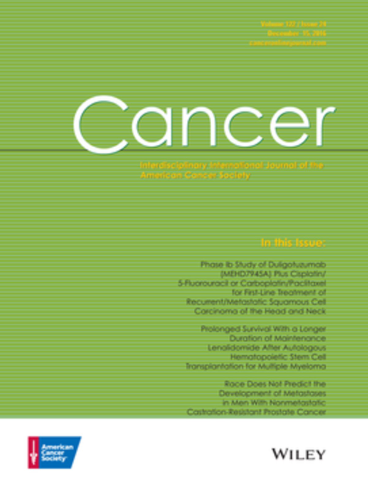The legend of the response evaluation criteria in solid tumors: A historical overview
Abstract
Methods
In this review, the historical development of tumor response criteria is examined and an interview was conducted with one of the original researchers behind the original study. This study, published nearly five decades ago, assessed tumor size through palpation and measurements of simulated tumor masses (“balls under mattresses”). The methodology used in that early study as well as in subsequent research that has influenced modifications of the current response evaluation criteria was critically evaluated.
Results
The current tumor response criteria trace back to a 1976 study by Moertel and Hanley, which relied on palpation to measure tumor size. The key outcome, a 50% reduction in the product of the longest perpendicular diameters of the most measurable tumor mass, formed the basis for later criteria. The World Health Organization criteria adopted these thresholds for response and introduced a 25% increase as a cutoff for progression. Later, unidimensional measurements replaced two-dimensional ones, with adjusted thresholds accordingly. These criteria further inspired the development of specialized response criteria such as Choi, mRECIST, and PERCIST.
Conclusion
By analyzing the evolution of RECIST, it is highlighted that these criteria are not fixed standards but rather the product of a series of pragmatic choices and compromises rooted in their historical context. With advances in technology, including artificial intelligence and volumetric imaging, it is timely to reassess the reliability of current criteria and explore new approaches to tumor response evaluation.





 求助内容:
求助内容: 应助结果提醒方式:
应助结果提醒方式:


